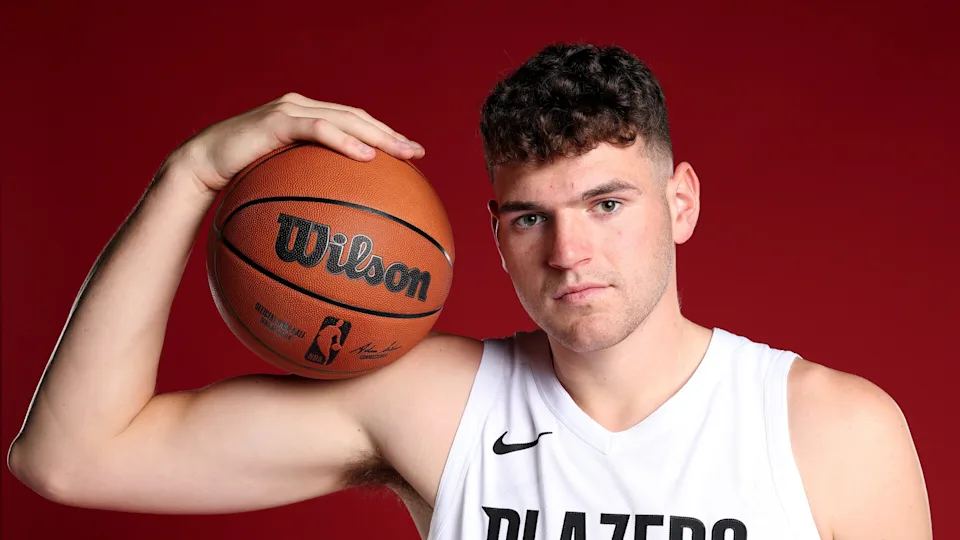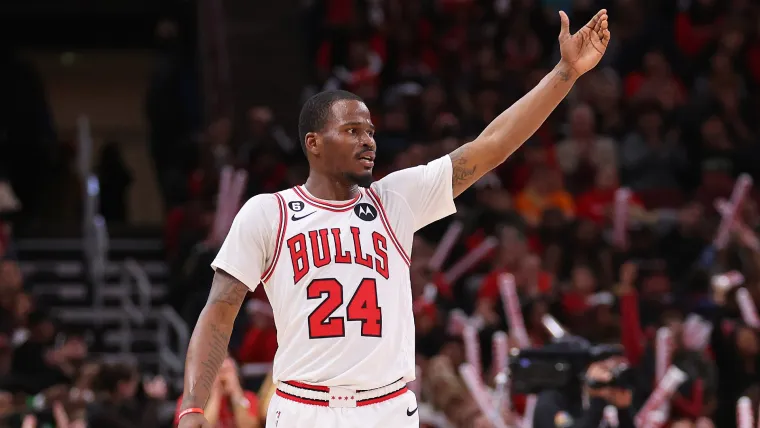Jeffrey A. Hoffman, born on November 2, 1944, in Brooklyn, New York, is a distinguished American astronaut and astrophysicist. He is best known for his pioneering work in space exploration, including the first mission to repair the Hubble Space Telescope, which significantly advanced astronomical research.
Quick Facts of Jeffrey Hoffman
| Attribute | Details |
|---|---|
| Full Name | Jeffrey Alan Hoffman |
| Date of Birth | November 2, 1944 |
| Place of Birth | Brooklyn, New York, USA |
| Nationality | American |
| Education | B.A. in Astronomy, Amherst College (1966); Ph.D. in Astrophysics, Harvard University (1971); M.S. in Materials Science, Rice University (1988) |
| Career Beginnings | Astrophysics research and academia |
| Notable Works | Five Space Shuttle missions, including the first Hubble repair mission |
| Relationship Status | Married |
| Children | Not publicly disclosed |
| Net Worth | Not publicly disclosed |
| Major Achievements | NASA Space Flight Medals (5), NASA Exceptional Service Medals (2), NASA Distinguished Service Medals (2), Astronaut Hall of Fame Induction (2007) |
Early Life and Education
Jeffrey Hoffman grew up in Scarsdale, New York, and developed a deep fascination with astronomy from a young age. He often spent hours stargazing, nurturing a dream of exploring space. His parents encouraged his curiosity, creating a supportive environment for learning.
Hoffman graduated summa cum laude from Amherst College in 1966 with a B.A. in Astronomy. He then earned a Ph.D. in Astrophysics from Harvard University in 1971, where he designed and tested a balloon-borne gamma-ray telescope. This early work laid the foundation for his later contributions to space science.
Career Beginnings and NASA Journey
After completing his doctorate, Hoffman conducted post-doctoral research at the University of Leicester in the UK from 1972 to 1975, focusing on x-ray astronomy rocket payloads. He later joined MIT’s Center for Space Research as a project scientist, contributing to the HEAO-1 A4 hard x-ray and gamma-ray experiment, launched in 1977.
In 1978, NASA selected Hoffman as an astronaut candidate, and he officially became an astronaut in August 1979. He contributed to the Space Shuttle’s guidance, navigation, and flight control systems and played a key role in satellite deployment and Space Station assembly procedures.
Notable Space Shuttle Missions
Hoffman flew on five Space Shuttle missions, logging over 1,211 hours and traveling more than 21.5 million miles in space. His missions included:
- STS-51-D (April 1985): Performed NASA’s first unscheduled spacewalk to repair a malfunctioning satellite.
- STS-35 (December 1990): Served as mission specialist on the Spacelab mission, operating the ASTRO-1 ultraviolet astronomy laboratory.
- STS-46 (July-August 1992): Acted as payload commander, deploying EURECA and testing the Tethered Satellite System.
- STS-61 (December 1993): Participated in the first Hubble Space Telescope repair mission, correcting its flawed optics.
- STS-75 (February-March 1996): Involved in the Tethered Satellite System reflight mission.
Hoffman’s work on the Hubble repair mission was particularly groundbreaking, restoring the telescope’s functionality and enhancing our understanding of the universe.
Post-NASA Career and Academia
After retiring from NASA in 1997, Hoffman served as NASA’s European Representative in Paris until 2001, fostering international cooperation in space projects. He later joined MIT as a professor in the Department of Aeronautics and Astronautics, where he teaches space systems design, space policy, and human spaceflight operations.
Currently, Hoffman continues to mentor aspiring aerospace engineers, engage in research using the International Space Station, and advocate for global collaboration in space exploration.
Personal Life and Values
Hoffman maintains privacy regarding his family, though he is married. He is an Eagle Scout and proudly carries Jewish heritage into his work, famously bringing a dreidel and mezuzah into space. His personal life reflects a commitment to faith, education, and public service.
Net Worth and Lifestyle
Details of Hoffman’s net worth are not publicly disclosed, as his career focused on public service and academia. He leads a dedicated lifestyle centered on education, research, and the advancement of space exploration.
Interesting Facts and Trivia
- First Contingency Spacewalk: Hoffman performed NASA’s first unscheduled spacewalk in 1985.
- Jewish Heritage in Space: He was the second Jewish astronaut in space, bringing religious items during missions.
- Academic Contributions: Hoffman has authored numerous scientific papers and continues to influence aerospace engineering at MIT.
Charitable Work and Legacy
Hoffman actively participates in STEM education initiatives and mentoring programs for future scientists and astronauts. He shares his experience with the Hubble repair mission to inspire new generations and promote the importance of space technology.
Inducted into the U.S. Astronaut Hall of Fame in 2007, Hoffman’s legacy bridges the golden age of NASA’s Space Shuttle program and today’s era of commercial spaceflight, including missions by SpaceX and Blue Origin.
Future Plans and Impact
Hoffman envisions humanity becoming a multi-planetary species and works toward preparing the next generation of astronauts for lunar and Mars missions. Culturally, he serves as a symbol of perseverance, scientific curiosity, and international collaboration, inspiring documentaries, lectures, and educational programs worldwide.








